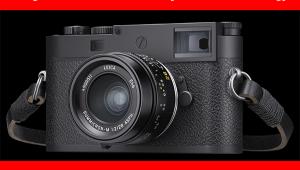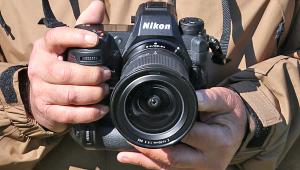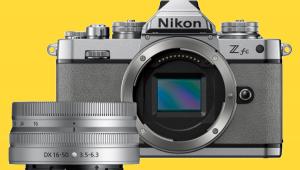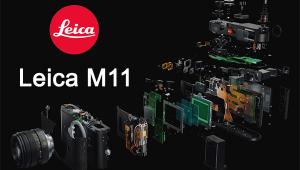Olympus OM-D E-M10 Mirrorless Camera Review
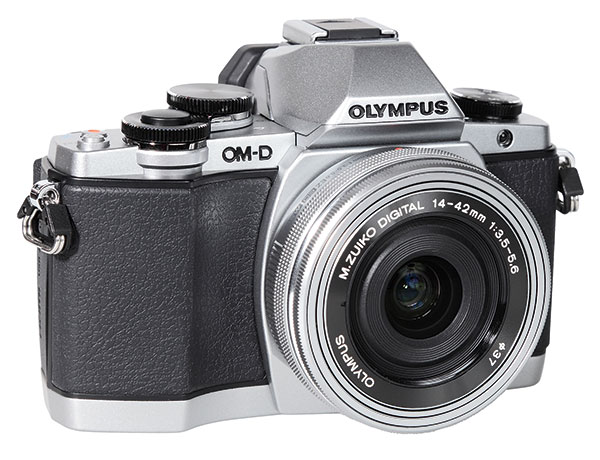
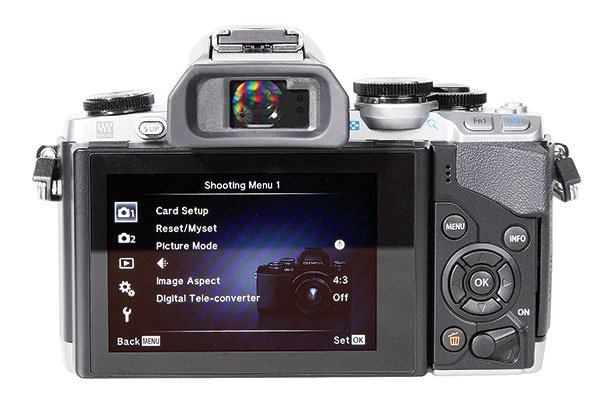

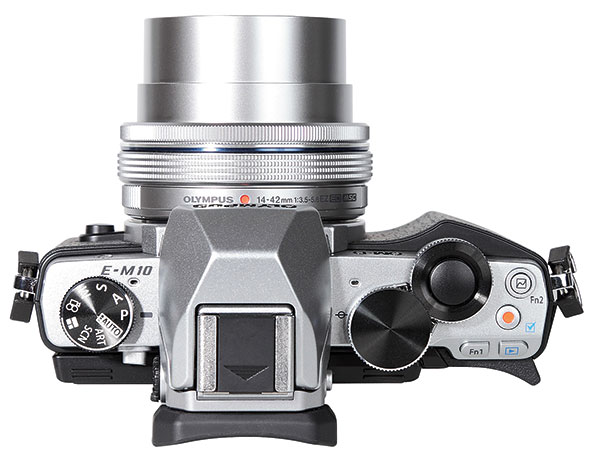
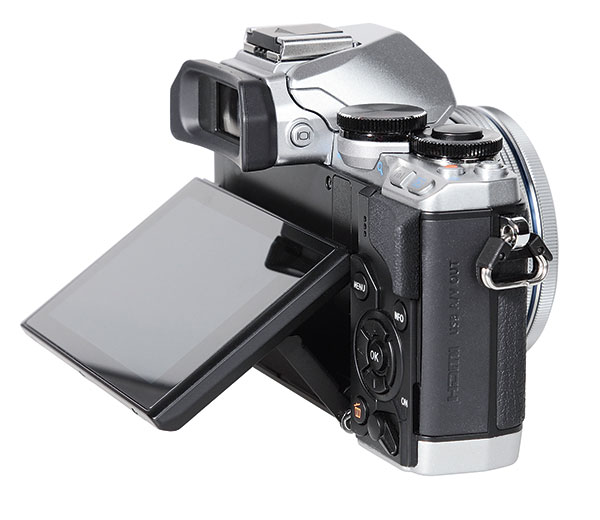
[Editor's Note: Lab test and comments are by Betternet, Shutterbug’s TIPA-affiliated testing lab. TIPA (www.tipa.com) is a worldwide association of photo and imaging magazine editors. Shutterbug is the sole US member of the association, and Editor at Large George Schaub serves as a member of the Technical Committee. Please click on the Image Tech tab on the home page for more camera review tests.]
The Olympus OM-D E-M10 is the newest and smallest in the company’s mirrorless, Micro Four Thirds-based OM-D camera system. This Compact System Camera (CSC) has a classic SLR design, comparable to other OM-D cameras like the E-M1 and the E-M5. The E-M10 is quite small, almost like a high-end compact camera. The small body could make operating the camera a bit uncomfortable for photographers with large hands, although the body is very robust and based on a magnesium alloy chassis.
The top of the camera offers a small mode dial to the left of the viewfinder, while to the right are two setup dials. These can be used like the front and back control dials on a classic SLR. The mode dial offers all of the standard exposure modes plus numerous scene modes revealed by choosing the SCN setting. There are some effect filters (the ART setting) such as low key and high key, which can also be used in video mode. The camera is able to record Full HD movies, but doesn’t allow for manual settings when recording videos.
The camera has an electronic viewfinder with 1.44 million RGB dots. The resolution is lower than that of the excellent E-M1 viewfinder (2.36 million RGB dots), but the user is still able to focus manually with ease. To aid focusing in manual mode the camera offers a magnifier function, which first has to be activated in the setup menu. Other cameras we have tested have a default magnifier function when switching to MF mode and turning the focusing ring.
The Olympus E-M10 has a 3-inch LCD screen with a standard resolution for this camera class (1.04 million RGB dots). The monitor can only be flipped up- and downward (upward 90 degrees, downward nearly 45 degrees) by way of two hinged brackets instead of a pivot joint at the side of the screen.
The camera showed a very good autofocus (AF) performance. It uses 81 AF areas and is highly customizable (single AF area normal, single AF area small, AF area groups, and so on). It worked precisely and very rapidly in our AF tests (sports photography, moving vehicles, etc.). The camera offers WLAN functionality and can be used with a wireless connection to a smartphone or tablet computer; the mobile device can also be used as a remote control.
Comments On Image Quality
Color: The color rendering of the Gretag Macbeth test chart is very good. The camera reproduced the test chart with perfect saturation results (101 percent). The automatic white balance system caused a slight bluish look with a shift of the brightest nuances into the yellow and greenish area. Skin tones of the test chart are reproduced with a minor shift into the magenta color area, but colors look very good in general photography test shots.
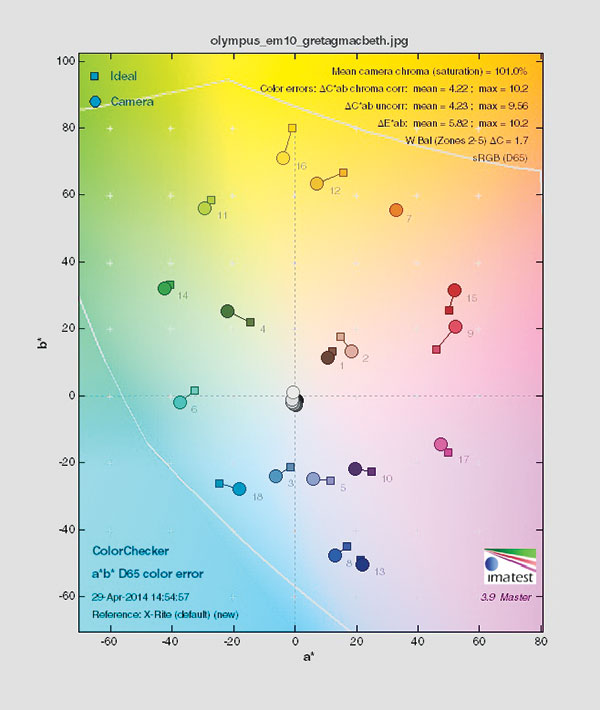
Sharpness: The resolution results of the Olympus OM-D E-M10 are excellent. With its 16-megapixel sensor (3456 lines per picture height) and even with the M.Zuiko Digital 14-42mm 1:3.5-5.6 II R kit lens it reproduced the test chart with 3336 lines per picture height. Sharpness filtering effects like exaggerated contour lines are noticeable, but these effects are still on an acceptable level. The portrait shot, for example, still shows natural-looking details even though some image elements like the hair of the model have a slight over-sharpened look. The same applies to detail reproduction in our standard test box shot.
Noise: The luminance noise results are very good. The y-factor stays below 1.0 percent in images taken with ISO 200 to ISO 6400. Color noise and anti-noise filtering effects become visible in images taken at ISO 3200 and higher. These effects are acceptable up to ISO 12,800 but they get annoying at the highest ISO speed setting of 25,600, which clearly shows colored noise pixels and blurred details (due to the very intense filtering).
The dynamic range results are very good for a camera with a Micro Four Thirds sensor. The E-M10 achieved a maximum of 11.2 f/stops and keeps a high dynamic range level in images taken from ISO 200 to ISO 3200. In higher ISO speed settings the range of contrast will drop drastically (for example, 6.32 f/stops at ISO 25,600).
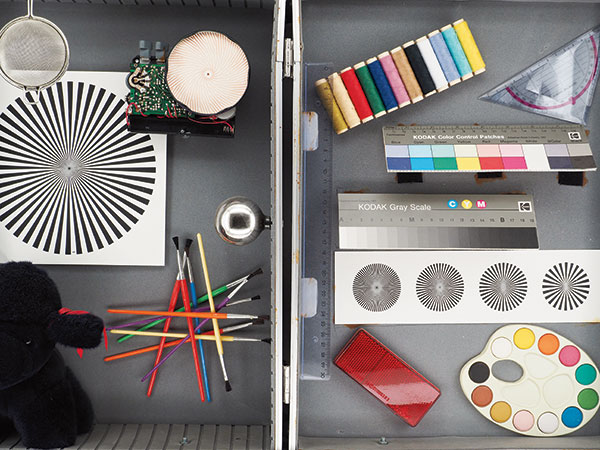

Comments On Video Functions
The camera is able to record Full HD videos with 1920x1080 pixels. The camera offers only NTSC-compatible video modes with 30 frames per second. There are no higher frame rates; with 50/60 frames per second, for example, it allows the user to shoot videos with reduced resolutions like 640x480 (VGA).
The camera uses the Apple QuickTime MOV format for recording videos with H.264 compression. Even though this is a standard format we were not able to play these movies in Windows Media Player 12; the open source video player (VLC Player) and the Apple OS X system had no problems in this regard.
The video mode is activated via a mode dial on the top. The camera has a second shutter release button for shooting video near the standard shutter release button. The user cannot change exposure parameters when recording video sequences. Even if the camera was set up in P, S, A, or M mode, it switches back to automatic mode when video recording commences.

Comments On Video Quality
The video quality of the E-M10 is disappointing. The camera showed a very blurred moving image and its resolution results are significantly worse than the results in photo mode. When shooting videos with 1920x1080 pixels it reproduced the ISO 12.233 chart with only 599 lines per picture height.
The color reproduction is good. The camera showed a very good saturation result in video mode: all nuances are reproduced almost with their given values and the automatic white balance system caused only a minor shift into the cooler/bluish areas. Due to the automatic video mode we were not able to make certain other tests on the video performance of the camera.
Pro
+ Stylish retro design with compact bodybased on a metal chassis
+ Sharp images, high-resolution results
+ Fast autofocus performance
+ Very precise color reproduction(perfect saturation)
Con
- Electronic viewfinder withaverage resolution
- Three-axis image stabilizer instead offive-axis stabilizer (offered by the E-M1and E-M5)
- Swivel monitor can only be flippedup- and downward, but can’t be rotated
- Low-quality video results
Image Tech is where we publish web-exclusive lab reports on cameras. To read the reports please go to the Shutterbug homepage at www.shutterbug.com and click on the Image Tech tab on the top navigation bar. New reports are published frequently, so check Image Tech for updates.
The Olympus OM-D E-M10 (body only) has a list price of $699.99; $799.99 with the 14-42mm II R kit lens. For more information, visit www.getolympus.com.
Lab results and test images by BetterNet, our TIPA-affiliated testing lab.
- Log in or register to post comments






